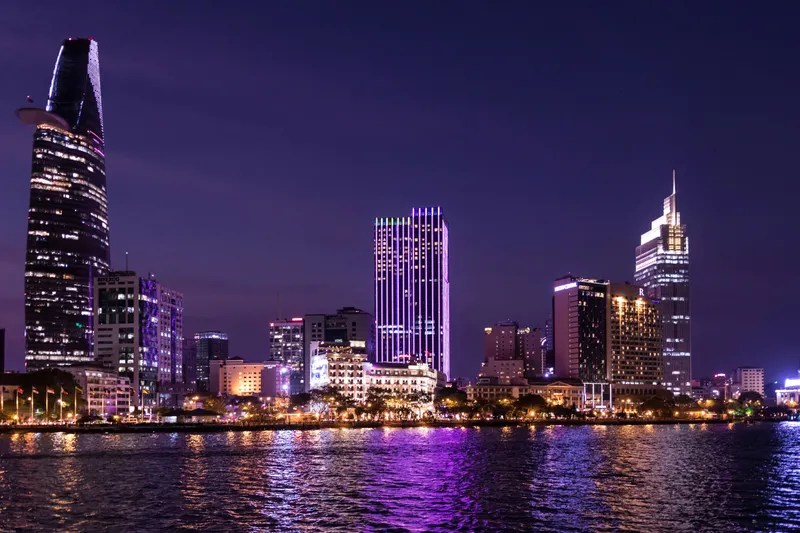
Making ends meet for Vietnam's growing energy sector
Coal takes centre stage with 35% market share, whilst renewables deals are stuck at pre-investment even with electricity demand poised to grow by 8% until 2025.
As Vietnam’s energy sector expands, the role of the private sector and foreign investment is increasing, taking the form of build-operate-transfer (BOT). Some newly licensed BOTs include Nam Dinh 1 and Van Phong 1, with a number of BOT projects currently being negotiated, including Quang Tri 1 and Song Hau 2.
After the southern region suffered a severe energy shortage of 15 billion kWh in the last year, the government has been pressured to find solutions to the country’s energy problems. Energy demand is anticipated to grow 10% annually, with electricity demand accounting for most of it. In fact, electricity demand is expected to grow at 8% annually until 2035.
Power-hungry Vietnam has been the result of increasing industrialisation and positive economic growth in the last decade. Households may have reduced their share thanks to energy efficiency, whilst the industry and construction sectors are expected to remain as the country’s leading power consumers.
With the widening gap between demand and supply, the country has to avoid a quick fix and seek a sustainable long-term solution. However, the Revised National Power Master Plan (PDP VII) highlights coal as the main contributor to the future expansion of capacity, trumping hydropower as the primary source of generation.
In 2017, 37% of electricity generation came from hydropower, a little more than the 34% from coal energy. Over the next few years, the country’s fossil import will likely increase due to Vietnam’s limited domestic oil and coal resources. StoxPlus analysts said coal imports have rapidly increased due to some coal thermal power plants being put into operation.
Vietnam pinned greater hopes on coal as an energy resource. The first three months of 2018 saw over 3 million tonnes of coal imported, amounting to $384m. The number of coal thermal power plants has reached 19, with several companies under Vietnam Electricity (EVN) proposing the import of coal to save costs.
From 2000 to 2015, biomass and hydro’s share in the total primary energy supply dropped to 24% from 53% even as coal share grew from 14% to 35% of the supply. Vietnam has 20 coal-fired power plants with a total capacity of over 13,000MW. S&P Global Platts also reported that Vietnam’s coal imports hit a record of 2.25 million tonnes this year, up 132.5% YoY.
Despite the PDP VII planning for increased renewables in the country’s energy mix whilst reducing that of hydropower and gas, the majority of renewable energy projects are stuck at the pre-investment stage, taking long months, and multiple agreements to go through each stage. Vinh Quoc Nguyen, partner, Tilleke and Gibbins, said that except hydropower, other renewable sources like solar and wind are in a very early stage.
Decision 2068 has set out several non-binding targets, such as the ratio of renewable energy to total consumer primary energy at 31% in 2020, 32.3% in 2030, and 44% in 2050. Volumes are expected to reach 101 billion kWh in 2020, 186 billion kWh in 2030, and 452 billion kWh in 2050.
“The main obstacles to the development of renewable energy include: lack of capital funding; the price offered to renewable power producers is low, whilst investment costs for production of renewable energy are high, which is not attractive to investors,” said Nguyen. “EVN has no motivation to purchase the electricity from the renewable energy generators at a higher price, as it is reportedly selling the generated electricity to consumers at a loss and the lack of human resources specialising in RE.”
Analysts place coal and natural gas as the second and third largest source of electricity generation in the country. However, hydropower, which is the main source, and natural gas are already reaching full capacity, leaving Vietnam with coal as the solution to short-term woes.
The total capacity of foreign-invested power producers accounted for 2,800MW in 2015 and has continued to increase over the last three years. At present, EVN acts as a single buyer of all electricity generated from on-grid independent power projects. Going forward, the Vietnamese government aims to divide EVN-owned power plants and generation companies into independent generators, wholesalers, and retailers.

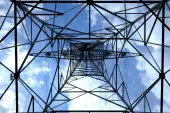
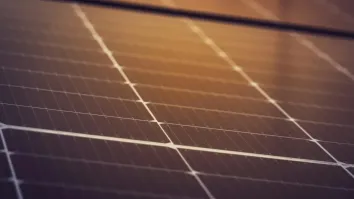
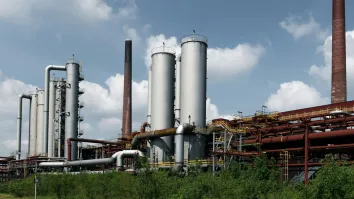
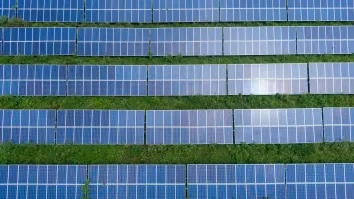
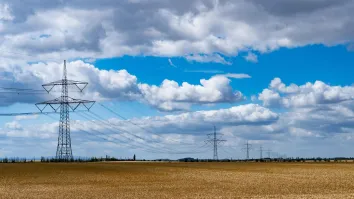













 Advertise
Advertise






